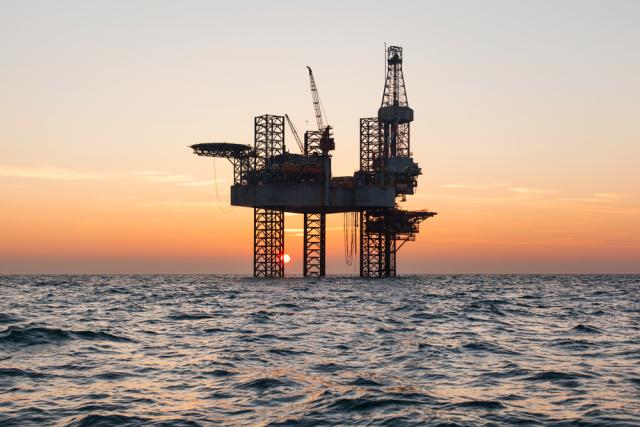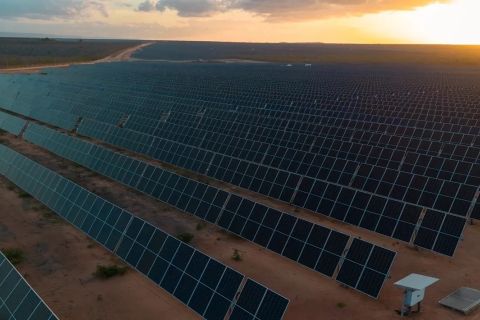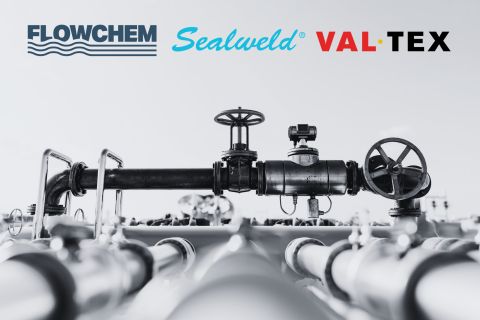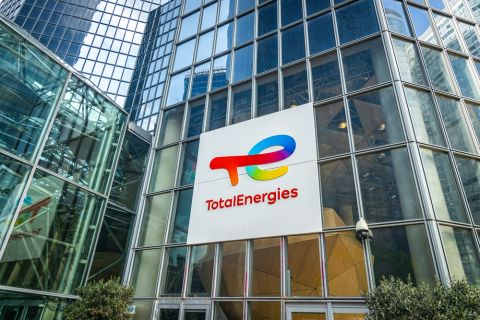
Cairn plans to drill 83 exploratory wells and 40 development and production wells. (Source: Shutterstock.com)
Cairn Oil & Gas has lined up a plan to drill more than 120 exploration and development wells to boost production in the aging Ravva oil and gas field in the PKGM-1 Block offshore India.
“In order to maintain hydrocarbon production at already approved production capacities, Cairn now proposes...drilling a total of 123 exploratory and development wells,” Cairn Oil & Gas, a vertical of Vedanta Ltd., said in a proposal submitted for approval to the government’s environment ministry.
The PKGM-1 concession is located in shallow-water Bay of Bengal. It is spread across an area of 331.26 sq km (127.9 sq miles) in a water depth between 5 m and 40 m (16.4 ft and 131.2 ft)
The proposal, according to Cairn, involves drilling 83 exploratory wells and 40 development (production) wells. Out of 83 wells, 59 will be drilled from standalone offshore locations, 14 from existing offshore platforms and 10 from proposed onshore well pads.
Of the 40 development wells, 17 will be drilled from the existing offshore platforms and 23 from proposed onshore well pads.
The plan includes construction of eight onshore well pads and about a 15-km (9.32-mile) pipeline corridor connecting onshore well pads with the existing onshore oil and gas processing Ravva Terminal.
The drilling campaign is estimated to cost about US$1.2 billion.
The proposed exploration wells will be drilled within the Ravva Field to assess the presence of hydrocarbons in identified prospects and further assess the production potential through testing. The exploration wells will be drilled with a target depth of up to 6,500 m (21,325 ft).
“Based on early indications of high prospectivity of the exploration targets in the back-fault area targeting Lower and Middle Miocene sequence and lower late Miocene sequence west of [the] RE platform, commercial hydrocarbon pool is expected and some high-graded prospective area needs an early development plan,” the company said.
Development well drilling will target hydrocarbons near currently producing areas in the Ravva Field. The target depth of the development wells will be from 1,600 m to 3,500 m (5,249 ft to 11,482 ft).
“Apart from the existing hydrocarbon resource pools that are already being tapped, other discovered undeveloped, near-field exploration, MM [Middle Miocene] development and recent perforated LLM [Lower Late Miocene] pools have been reviewed for development based on interpretation of new subsurface data and have been selected for development as part of this project,” the operator said in the proposal.
The new development plan is proposed to “maximize production of hydrocarbons resources available in the PKGM-1 Block by optimally utilizing existing infrastructure and facilities.”
Ravva Field, launched in 1994, has entered a natural decline stage, currently producing about 15,000 barrels of crude per day (bbl/d) and 1.40 million standard cubic meters of natural gas per day (MMscm/d). That is down from the plateau production of 50,000 bbl/d and 74 MMscf/d in 2007.
The offshore field produced at the plateau rate for 9 years before starting to decline from 2008.
The operator, however, built an onshore terminal near Surasaniyanam village, with oil and gas processing and water injection facilities, on the Andhra coast with an installed capacity of 70,000 bbl/d of oil and 95 MMscf/ of gas.
Cairn Oil & Gas, so far, drilled 55 E&P wells and constructed eight platforms for oil and gas production from the Ravva Field. Six platforms (RA, RB, RC, RD, RE and RF) are meant for crude oil production, while two of them are natural gas producing platforms (RG and RH). Oil and gas produced from the Ravva Field are transported to the onshore terminal via four subsea pipelines.
Almost all the wells and infrastructure for the field were developed by the previous operator, Cairn India Ltd., before its merger with Vedanta Ltd. in 2017.
Cairn Oil & Gas holds a 22.5% participating interest in the PKGM-1 Block with operatorship. Partners are ONGC Ltd. (40%), Videocon Industries Ltd. (25%) and Ravva Oil (Singapore) Pte Ltd. and 12.5%.
Recommended Reading
California Resources Corp., Aera Energy to Combine in $2.1B Merger
2024-02-07 - The announced combination between California Resources and Aera Energy comes one year after Exxon and Shell closed the sale of Aera to a German asset manager for $4 billion.
Equinor Brings Solar Plant Online in Brazil
2024-03-08 - Equinor says the Mendubim solar plant will produce 1.2 terawatt hours of power annually.
SCF Acquires Flowchem, Val-Tex and Sealweld
2024-03-04 - Flowchem, Val-Tex and Sealweld were formerly part of Entegris Inc.
Weyerhaeuser, Lapis Energy Enter Carbon Sequestration Exploration Pact
2024-02-29 - The exploration agreement covers 187,500 acres across three states with five potential carbon sequestration sites.
TotalEnergies Buys Majority Stake in Ecoslops Provence JV
2024-03-01 - TotalEnergies bought out its joint venture partner to become the sole shareholder in cleantech venture Ecoslops Provence.





